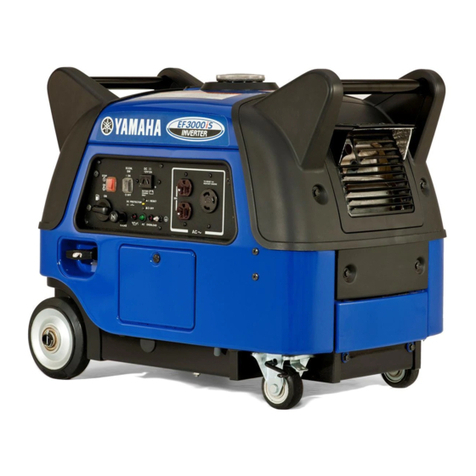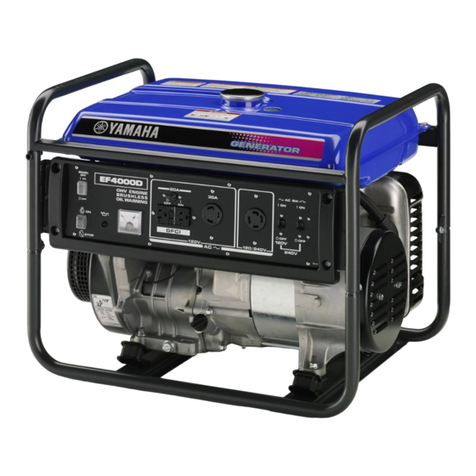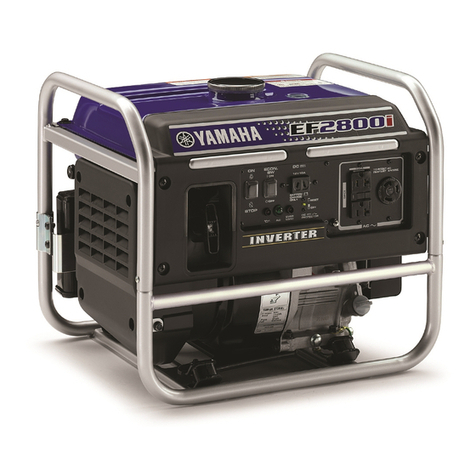Yamaha TX-81Z User manual
Other Yamaha Portable Generator manuals
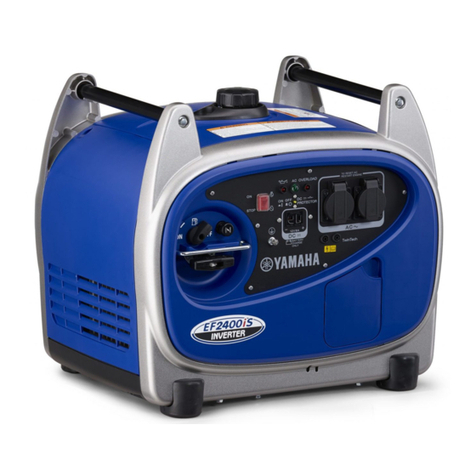
Yamaha
Yamaha EF2400iS - Inverter Generator User manual

Yamaha
Yamaha EF2400iS - Inverter Generator User manual
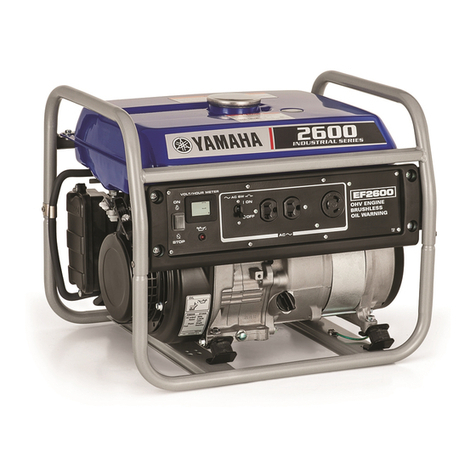
Yamaha
Yamaha EF2600 User manual
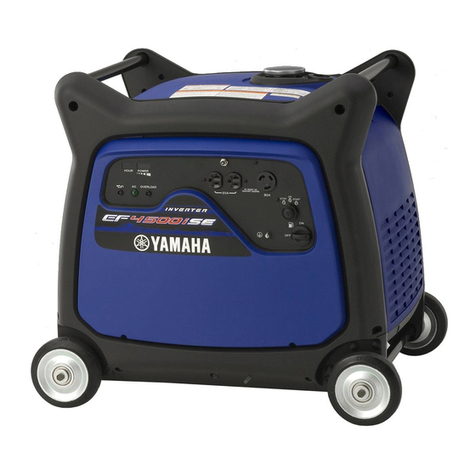
Yamaha
Yamaha EF4500iSE - Inverter Generator User manual
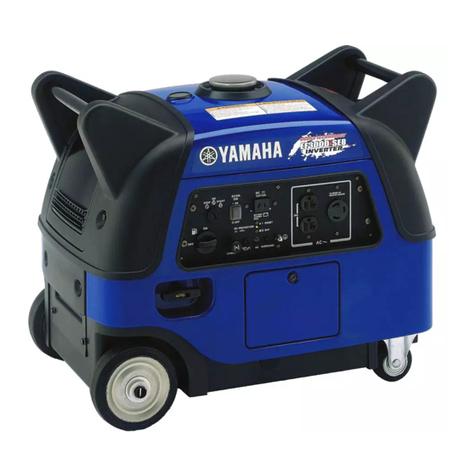
Yamaha
Yamaha EF3000iSE - Inverter Generator - 3000 Maximum AC... User manual
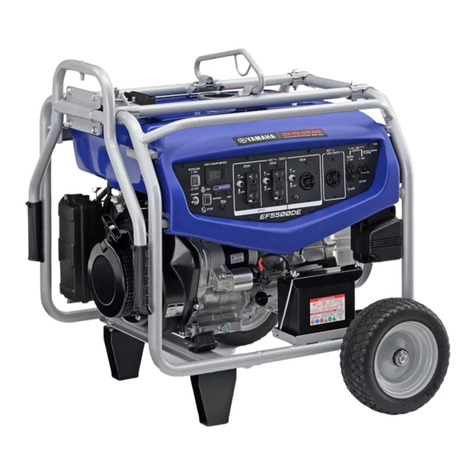
Yamaha
Yamaha EF5500DE User manual
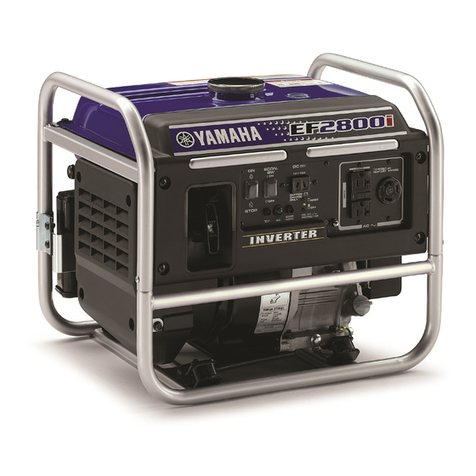
Yamaha
Yamaha EF2800i - Inverter Generator User manual

Yamaha
Yamaha EF3000iSE - Inverter Generator - 3000 Maximum AC... User manual

Yamaha
Yamaha EF2600FW User manual
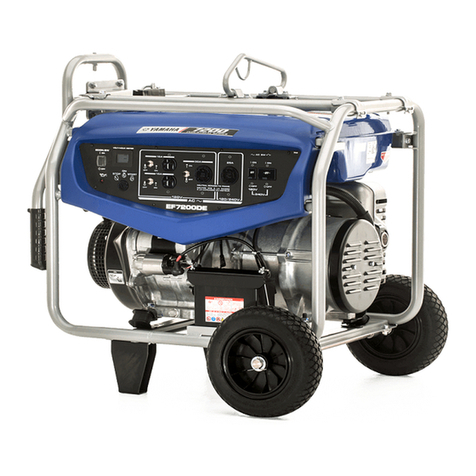
Yamaha
Yamaha EF7200E User manual
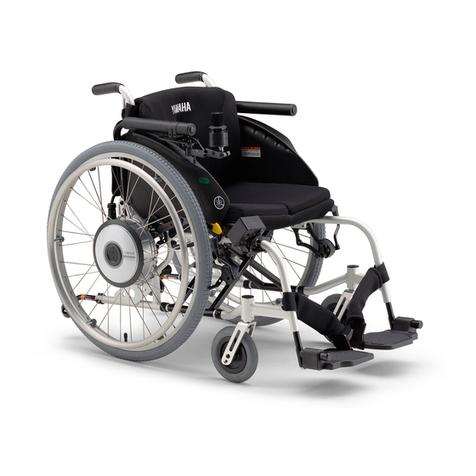
Yamaha
Yamaha JWX-1 User manual
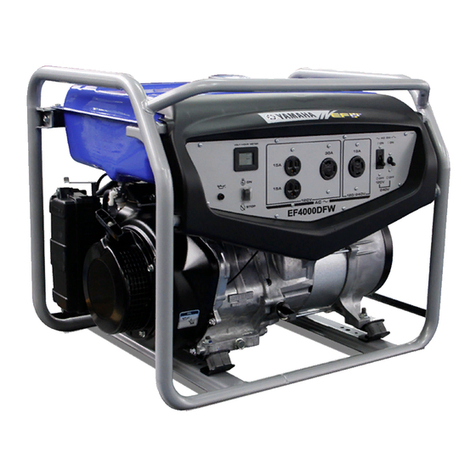
Yamaha
Yamaha EF4000DFW User manual

Yamaha
Yamaha EF3000iSE - Inverter Generator - 3000 Maximum AC... User manual

Yamaha
Yamaha FB-01/U User manual
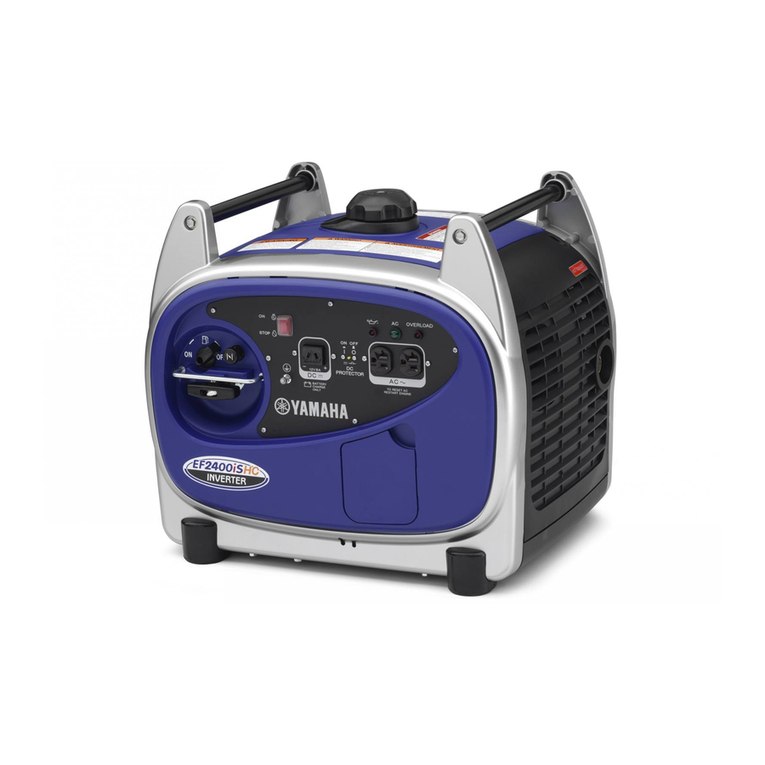
Yamaha
Yamaha EF2400iSHC User manual
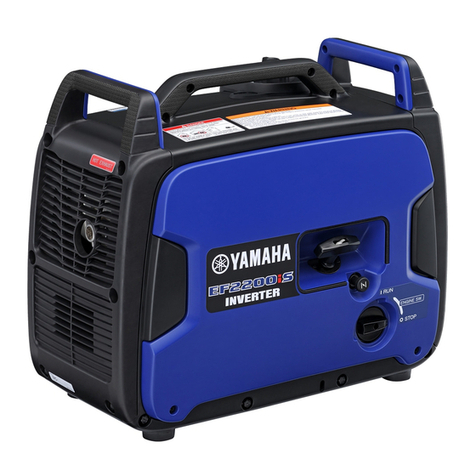
Yamaha
Yamaha EF2200iS User manual
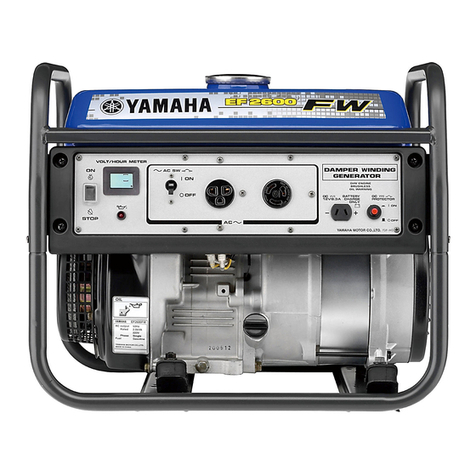
Yamaha
Yamaha EF2600FW User manual
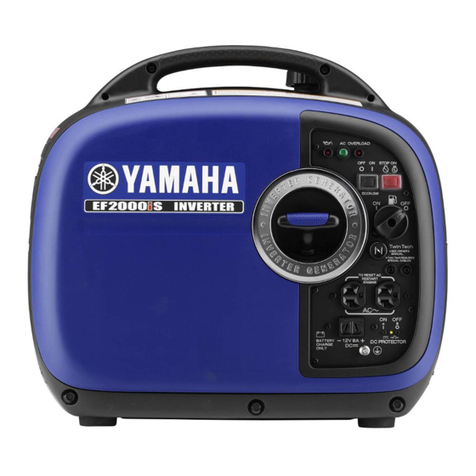
Yamaha
Yamaha EF2000iS - Inverter Generator User manual

Yamaha
Yamaha EF2000iS - Inverter Generator User manual

Yamaha
Yamaha EF5500TE User manual
